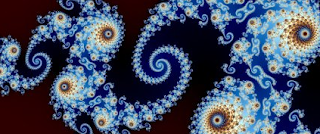Born in Lithuania, poet Czesław Miłosz (1911-2004) became fluent in Polish, Lithuanian, Russian, English and French. He emigrated to the United States (to California) in 1960 and was the 1980 winner of the Nobel Prize in literature. He was not fluent in the language of mathematics but his poem "The Titanic" -- written in Berkeley in 1985 and excerpted below -- illustrates the power of numbers in poetic description AND the circumstances of which numbers are remembered.
from The Titanic by Czesław Miłosz
Events--catastrophes of which they learned and those others of which they did not want to know. In Johnstown, Pennsylvania, a flood in 1889 took 2,300 lives; 700 persons perished in the San Francisco earthquake of 1906. Yet they did not notice the earthquake at Messina in Sicily (1908),





